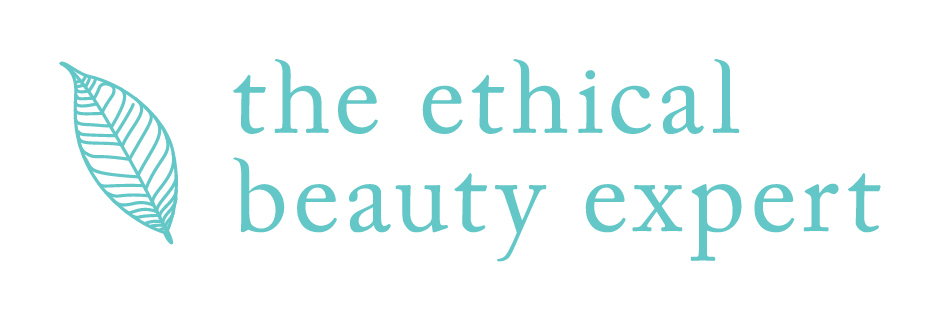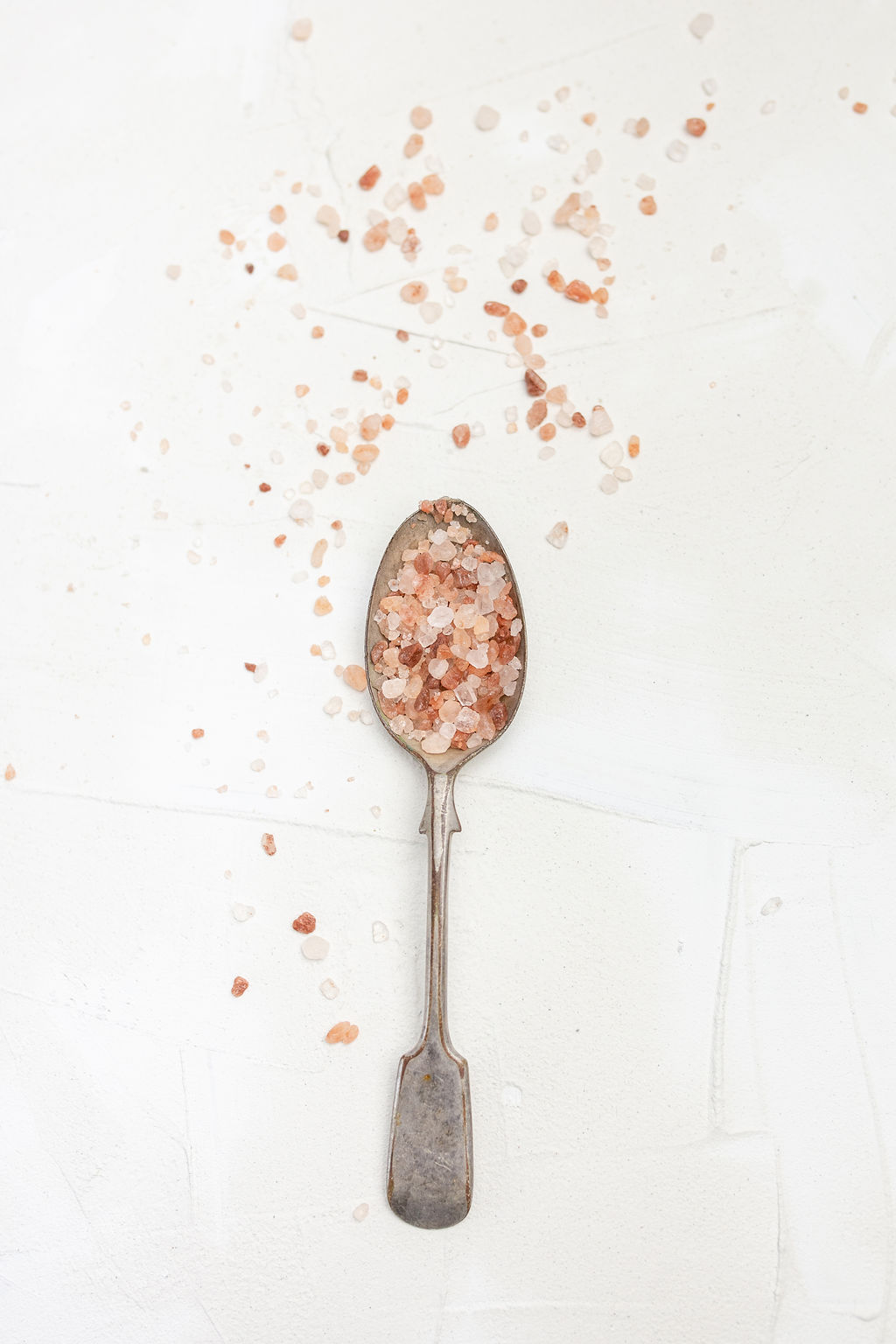We have all heard about the toxic side effects of chemical deodorants containing toxic ingredients such as aluminium – but unfortunately what no one talks about is the toxic side effects of your skincare, makeup and your perfume/cologne.
These toxins are absorbed through your skin when you apply them – moving around in your blood stream – causing inflammation wherever they land.
Toxic effects on the brain include poor memory and concentration, erratic behaviour, word confusion, mood issues, headaches, vertigo and cravings.
Certain toxic chemicals routinely included in personal care products are easily absorbed into your skin and transported to every organ in
your body. That means while you’re trying to look good on the outside, you may be poisoning yourself on the inside.
Popular toxins such as titanium dioxide used to make creams white (this is why the Everything Skin Cream is yellow – as it should be because all of the lovely ingredients are oils and therefore look yellow!) and is also found in sunscreen as a chemical sunscreen – isn’t as well known and has been proven to produce harmful effects in the brain and body.
It’s estimated that most beauty products are loaded with industrial chemicals, such as pesticides, carcinogens, plasticizers, degreasers, and surfactants.
Some researchers have found that people can be exposed to as many as 100 chemicals from personal care products before leaving the house each day.
Imagine the impact all those harmful toxins have on your body… and on the environment.
If your product contains ‘fragrance’ or ‘parfum’ it is potentially hiding multiple toxic ingredients unless it says that the fragrance is organic or from natural sources – it is the way many chemicals can be hidden from the consumer.
You will find ‘fragrance’ in even most of the most natural skincare on the market – unless the product uses essential oils as fragrance – you will find it in everything.
Preservatives – any product using water or aloe vera as a base will have to use a preservative or ph regulator to stop a product from growing mould – there are a few preservatives which are not harmful to the skin – so when in doubt – do your research online before you buy – this is a complicated area – I will write more about it!
It is disgusting that cosmetics and personal care products have less governmental oversight than most other consumer products. Some chemicals and contaminants found in beauty and personal care products have been linked to serious health conditions, including birth defects and cancer. Many chemicals in skincare are endocrine disruptors they affect our hormones – and anyone having gone through menopause will tell you what happens when you lose your hormones! But not only do they affect women’s hormones, they affect men’s hormones – meaning less testosterone – meaning lowered fertility.
There are 12 ingredients which you should really truly avoid at any cost – they are known as the ‘Dirty Dozen’.
The Dirty Dozen
- BHA and BHT
BHA (butylated hydroxy anisole) and BHT (butylated hydroxy toluene) are mainly used in lipsticks, lipbalms and moisturizers. These closely related synthetic antioxidants are also frequently used as food preservatives. BHA and BHT can cause allergic reactions in the skin, may disrupt hormone function, and can cause liver and kidney problems.
- Formaldehyde
Formaldehyde is a colourless chemical that has a strong odour. It is often used in manufacturing processes. It’s used in nail polishes, nail adhesives, solvents, bonding agents, and other cosmetics and hygiene products. Formaldehyde-based products are combustible, so take caution when burning them.
- Sodium Laureth Sulfate
We all know how bad Sodium Lauryl Sulphate is for us – and if not it is because it can cause severe skin irritation and there is a high rate of contact allergies caused by it. When swallowed it may cause eye, lung and respiratory irritation. So companies swapped it with Sodium laureth sulfate (SLES) because it makes products bubble and foam. SLES can be found in shampoos, body washes, and facial cleansers.
Although sodium laureth sulphate is sourced from a natural product it can be contaminated with 1,4 dioxane which is the outcome of the product being made using ethylene oxide which is also carcinogenic.
- Parabens
Parabens are chemicals that have been used as preservatives in many processed foods and household products since the 1920s. These chemicals are often found in makeup, sunscreen, deodorant, toothpaste, shampoo, and even vitamins, supplements, and medications. These preservatives are known endocrine disruptors and have been linked to reproductive problems and weight issues.
- Siloxanes
As the term’s prefix suggests, siloxanes are silicone-based compounds. They are used in cosmetics to soften or moisten the skin (moisturizers), and to allow creams to slide more easily over the surface of skin. Cyclotetrasiloxane and cylcopentasiloxane (also known as D4 and D5) are toxic substances that have the potential to interfere with hormone function, nervous system function, and human fertility. For more information read this post.
- Triclosan
Triclosan is an antimicrobial agent found in many soaps, detergents, toothpastes, deodorants, creams, and colour cosmetics. It’s estimated that 75% of the U.S. population (which would mean a similar amount of Australians as we use cosmetics in a very similar way to our fellow Americans) have been exposed to this compound in consumer and personal care products. Triclosan may have a negative impact on thyroid function, may create potential pregnancy complications.
- Coal Tar Dyes
Derived from natural and inorganic pigments, these dyes are used to colour a wide range of cosmetics and beauty products. Coal tar is a mixture of petroleum-derived chemicals that are widely recognized as carcinogenic. P-phenylenediamine, which has been linked to tumours in an animal study, is a coal tar dye used in many hair dye products.
- Parfum (aka Fragrance)
Many products list “fragrance” on the label, but most don’t identify what ingredients are in the fragrance. Fragrances can be found in deodorant, soap, shampoo, body wash, lotion, makeup, skin scrubs, and, of course, perfumes and colognes. Though fragrances typically contain solvents (concentrates of non-edible plants) and other chemicals that help the scent last longer, they’re often linked to serious health problems and may be the culprits in the chemical allergies so many people experience.
Petrolatum (petrol) is a type of petroleum jelly that helps lock moisture into the skin. It is also used in many hair care products for its ability to soften and give shine. Petrolatum (which the EU has classified as a carcinogen) can be contaminated with polycyclic aromatic hydrocarbons (PAHs), which can cause allergic reactions and skin irritation. For more information on this read this post!
- DEA Compounds
DEA (diethanolamine) compounds are used in cosmetics to produce creamy or sudsy substances. DEA is often found in moisturizers and sunscreens. Aside from causing skin irritation, DEA may be harmful to the thyroid and liver.
- Phthalates
Phthalates are chemical “plasticizers,” substances added to plastics to make them more flexible and less brittle. Dibutyl phthalate (DBP) is used in nail polish, as a solvent for dyes, and as a fragrance in cosmetics. These chemicals are endocrine disruptors that may damage the immune system, kidneys, liver, lungs, and reproductive system.
- Polyethylene Glycols
Polyethylene glycol (PEG) compounds are derived from petroleum and are used as softening/thickening agents. They are found in skin creams, personal lubricants, toothpastes, baby wipes, and other personal care products. Common side effects to PEG exposure include vomiting/nausea, rectal pain, dizziness, chills, hunger and thirst, and sleep issues.
The more exposure you have to the everyday toxins mentioned above and others the more your chances of developing long-term mental or physical health issues.
To minimize your exposure to these chemicals, it’s a good idea to ditch cosmetics and personal care products that contain harmful toxins.
Use apps like Safe Cosmetics and Think Dirty to identify highly toxic products and purge them from your home.
It’s important to remember that what goes on your body goes in your body, so do everything you can to remove toxins from your life.
Remember the Everything Skin Range is free of all chemicals and preservatives and perfumes you should not be using.
Book a glowing skin and wellness consultation if you would like one on one help finding natural self care alternatives for a healthier you
Yvette xx
Thank you for reading my blog!
Hi!
I am Yvette van Schie, I am a holistic beauty therapist, skin nutritionist, skincare developer and makeup artist. I am passionate about sharing real beauty advice with a whack of reality.
For over 38 years I have worked with the best in the beauty and health industry as a trainer, educator and product formulator and I still do – so my knowledge is diverse – I am not blinkered when sharing my information with you because everyone I speak to shares what they know, and I turn it into easy to digest information because I want my readers to feel empowered to make their own decisions and to feel that they are fully in control of their beauty and well being.





